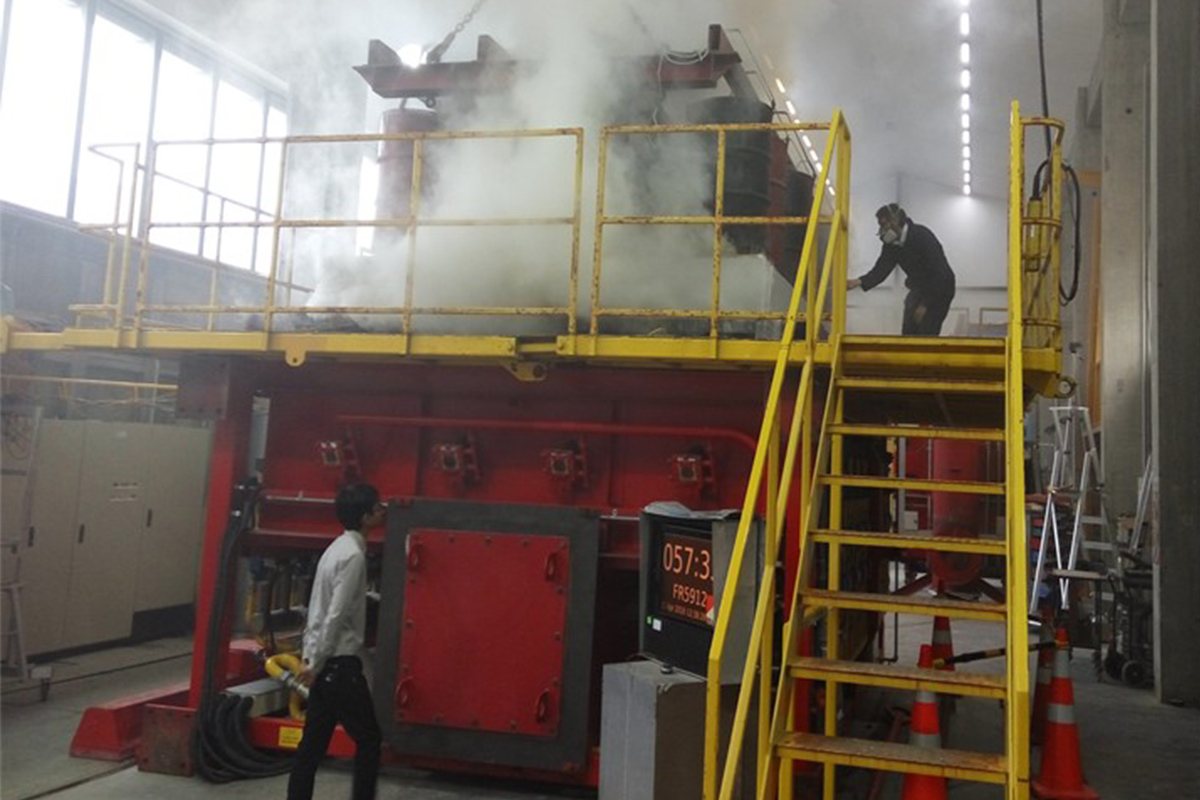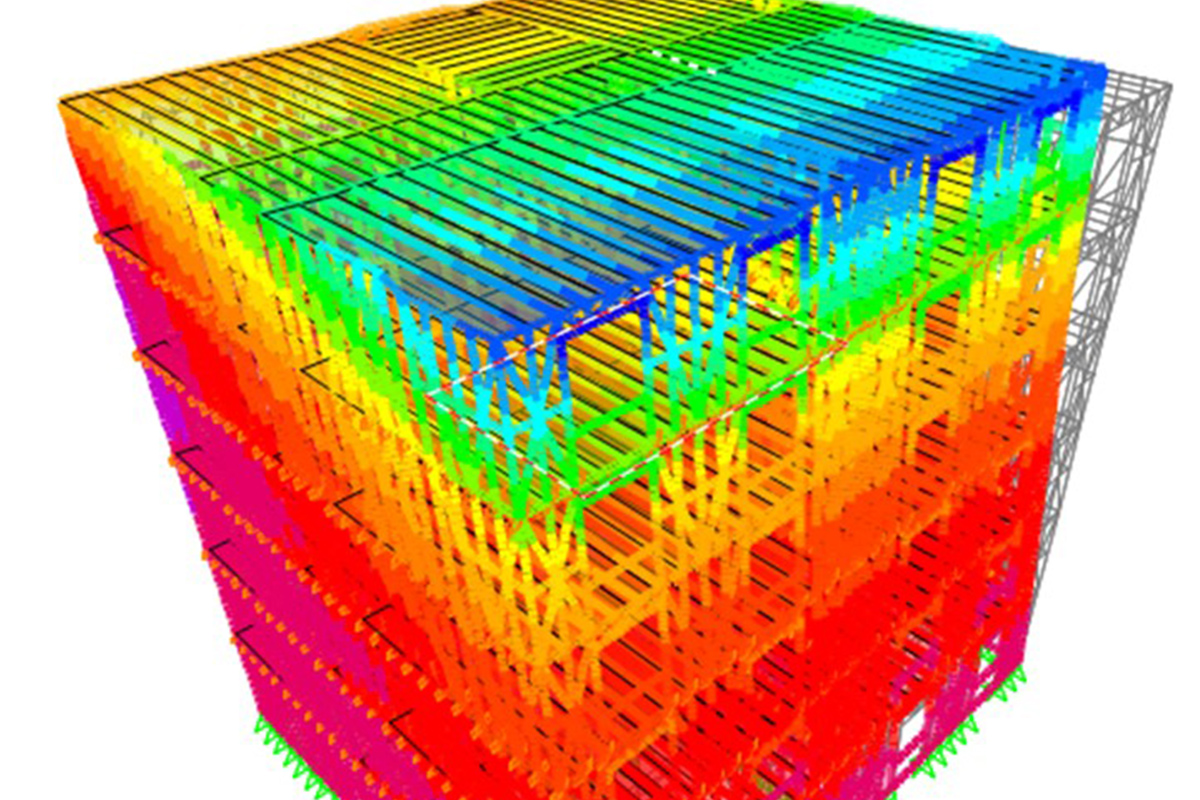The Greater Auckland region is facing a housing crisis that requires greater urban density to help fix it.
That’s why our Structural Systems team has been conducting innovative research on a light steel framing (LSF) multi-storey building solution. An approach that answers the Auckland Unitary Plan’s calls to action to house a growing population. While also giving structural engineers a flexible and alternative building material to what is currently on the market – and one that in the long run will require minor adaption for use across Aotearoa.
Project snapshot
Co-funded by BRANZ and NASH, we managed and conducted a comprehensive study of construction feasibility of light steel framed (LSF) multi-storey residential buildings in the Greater Auckland region.
This was a proactive industrial response to address the housing crisis through affordable multi-storey residential buildings, encouraged by The Auckland Council Capacity Growth Study 2013 (known as the Auckland Unitary Plan).
This project consisted of four work packages (WPs) to address critical technical issues and was based on an importance level of two, six storey LSF residential modular buildings with an 18m total height and floorplan of 16m x 19m. The work packages were:
- WP1 – Fire performance of LSF floors in multi-storey residential buildings,
- WP2 – Performance of stud-to-bottom plate joints in multi-storey residential buildings,
- WP3 – Development of bracing solutions for light steel framed multi-storey residential buildings, and
- WP4 – Cost for an exemplar six-storey light steel framed building.
At HERA we believe research like this is especially important, because it helps demonstrate how steel is a surprisingly cost-competitive choice. We see this proven in the LSF system, where it’s pre-fabricated component units minimises on-site processes to reduce buildability costs. This offering will also provide a viable and versatile design alternative to timber or reinforced concrete builds.
For professionals and the broader NZ society, such product development will benefit them through the introduction of a highly recyclable LSF system. We know steel is a more environmentally sustainable building material option than most people realise – and this research is a great step towards dispelling any misconceptions!
Solving innovation and engineering problems
For WP1, HERA conducted advanced numerical modelling, in collaboration with a fire test in the BRANZ fire laboratory. This allowed us to establish a fire mechanism of lattice floor systems in G550 sections. Overall, filling a clear knowledge gap that existed for these popular NZ systems.
WP2 and WP3 were jointly studied with the University of Auckland. Resulting in an innovative seismic resistant system being developed. This was formed by shear wall systems detailed to a limited controlled rocking mechanism achieved by bolts holding down floor to floor connection details.
Led by Massey University, WP4 explored the fiscal viability of the proposed building system. We also engaged a chartered structural engineer (ExtraMile) to provide design service and consultation on our NZ industrial capacity for WP2-WP4.
The research outcomes have been well received by industry fabricators from NASH’s membership, which is why they’re now seeking a pathway for knowledge transfer to practical application. It’s also anticipated further research on other performance criteria such as acoustic insulation and fire performance will now be carried out to support this industry commitment.
In the long run, combining the structural solutions proposed for this project, the research outcomes will be transferred to future revisions of NASH Standard Part 1 (which is cited in NZBC) and Part 2, which currently cover low rise buildings (total height up to 10m and Importance level of 1 and 2) only.
Overall, our research has shown this steel solution will improve construction sustainability. Ensuring our NZ construction industry will create a low CO2 society.
Want to know more?
Get more project background and detailed technical information for HERA Report No: R4-151 or BRANZ Report ER34 [2018] by contacting our Senior Structural Engineer Jing Cao.



